All products featured are independently chosen by us. However, SoundGuys may receive a commission on orders placed through its retail links. See our ethics statement.
Why I'm an avid Spotify user
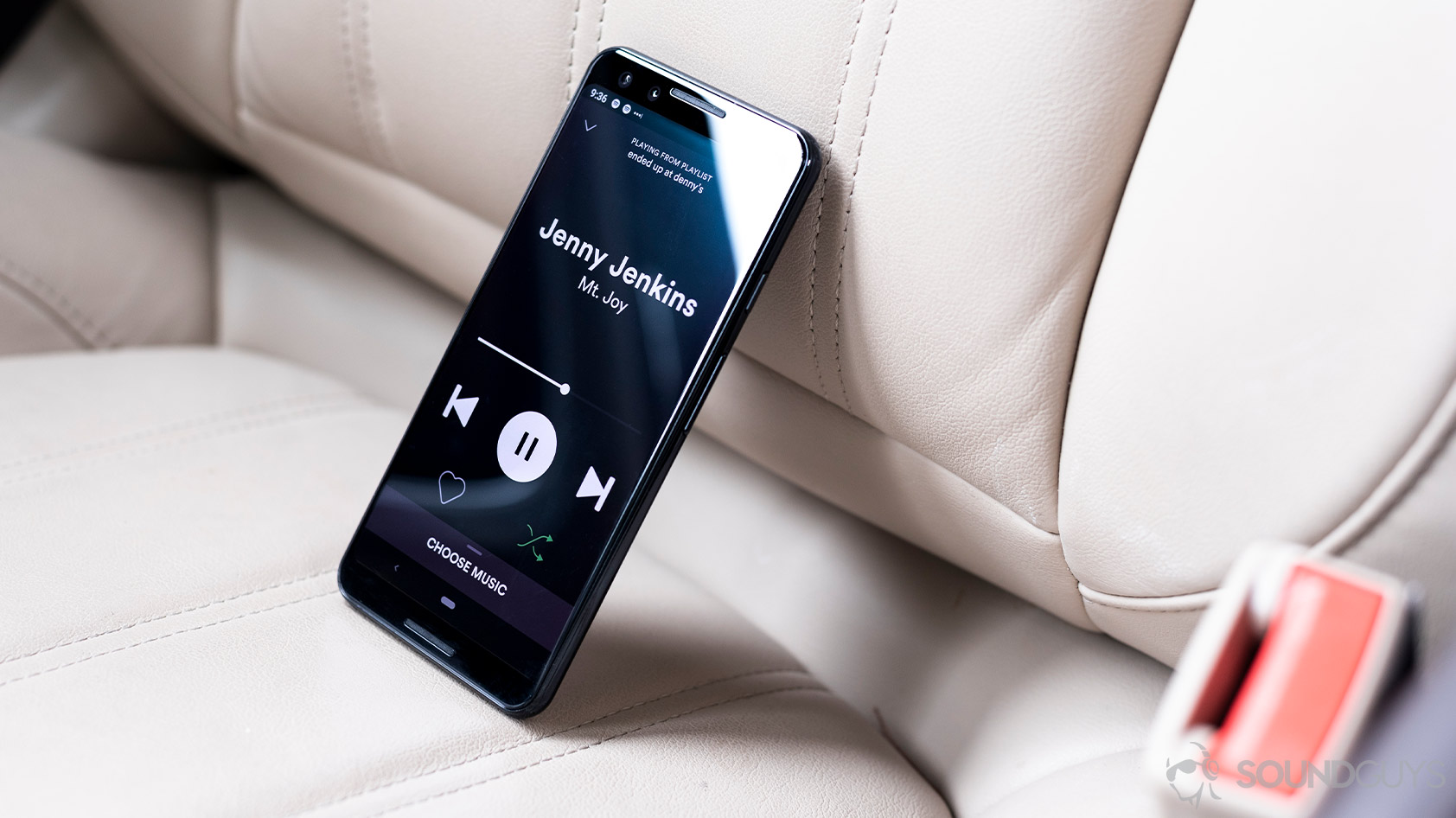
Being called a “jack of all trades” is seldom a compliment, but it’s that precise generalist approach that keeps me subscribed to Spotify. Whether you’re a music fanatic or casual listener, Spotify will work for you. Audio quality may not be the best (yet), but I don’t prioritize that on a daily basis. Instead, I’m championing Spotify for its social, intuitive, and cross-platform functionality.
Editor’s note: this article was updated on August 15, 2022, to update formatting, make sure information is up to date, and address FAQs.
Music discovery is silly simple
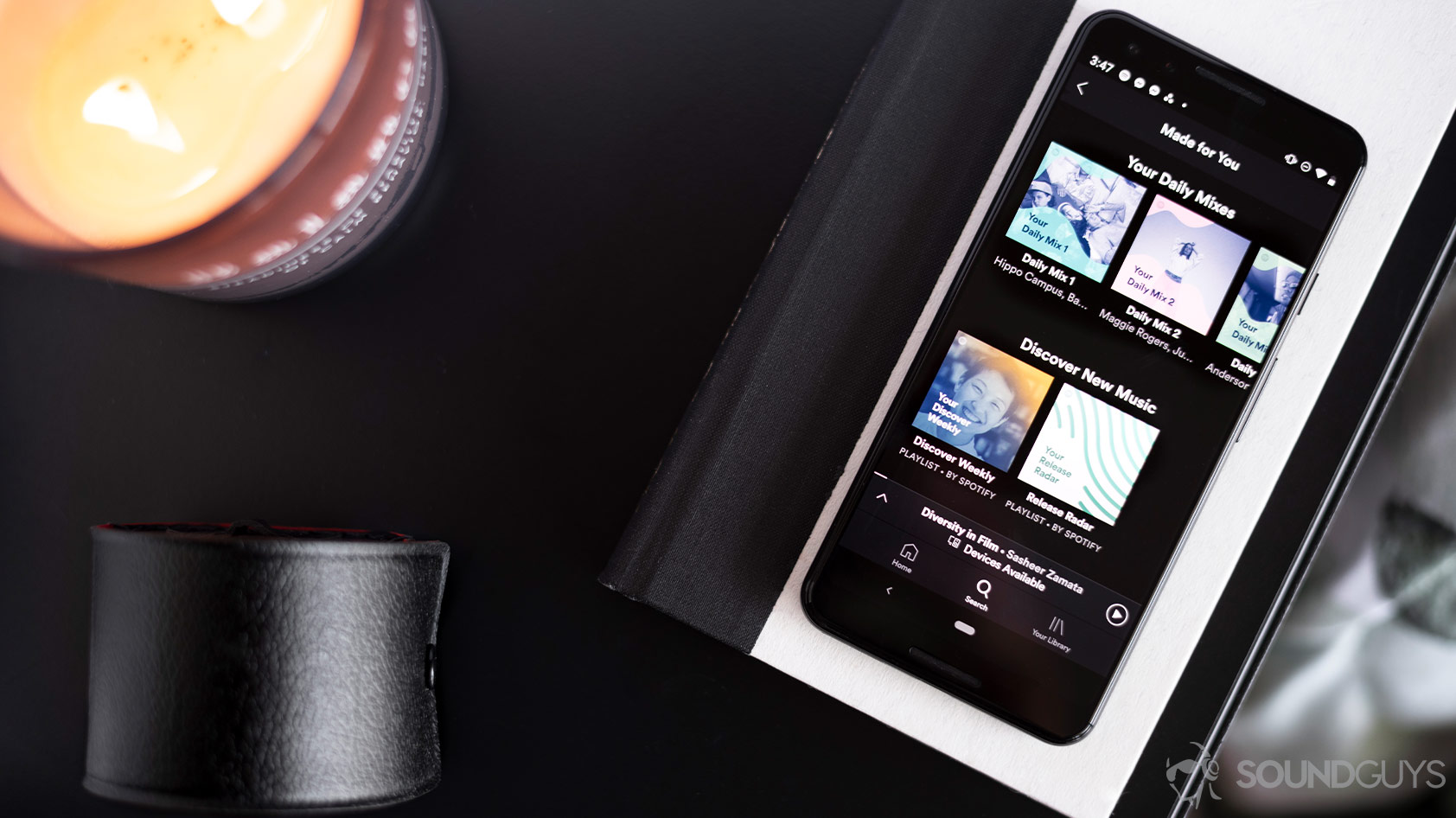
The number one reason I use Spotify over all other music streaming services is its top-notch discovery playlists and suggestions. Sure, Spotify’s algorithms don’t always nail it—especially if you share a single account with others—but more often than not, it impresses users with how intimately it understands their musical preferences. Not only is this something that I’ve discussed with my friends, but it often sparks entertaining Twitter threads. In fact, sometimes those digital discourses make their way onto subway cars. Spotify did just this with a Dave Horowitz’ tweet:
.@Spotify a friend in NYC just informed me that this tweet has reached the highest heights: dirty subway ad! pic.twitter.com/I1rLT7cpHf— dave horwitz (@Dave_Horwitz) June 21, 2016
Suggestions go beyond the personalized Discover Weekly playlist, though. Spotify also curates a Release Radar playlist every week, which it loads up with new music from artists of interest. Every Monday, I deliberately get through both of these complementary playlists. After all, it’s hard to find good, new music while keeping tabs on your favorite artists, both of which Spotify handles effectively.
Spotify keeps listeners listening with its personalized Discover Weekly and Release Radar playlists.
Listeners who want to put a little elbow grease into finding new music can wade through any number of artist and song-specific radio stations. Frankly, I’m new to this feature but use it on a weekly basis. Sometimes I really dig one or two songs by a band but am not a huge fan of their complete oeuvre. When this happens, I leave it up to the given station to float similar artists to the surface.
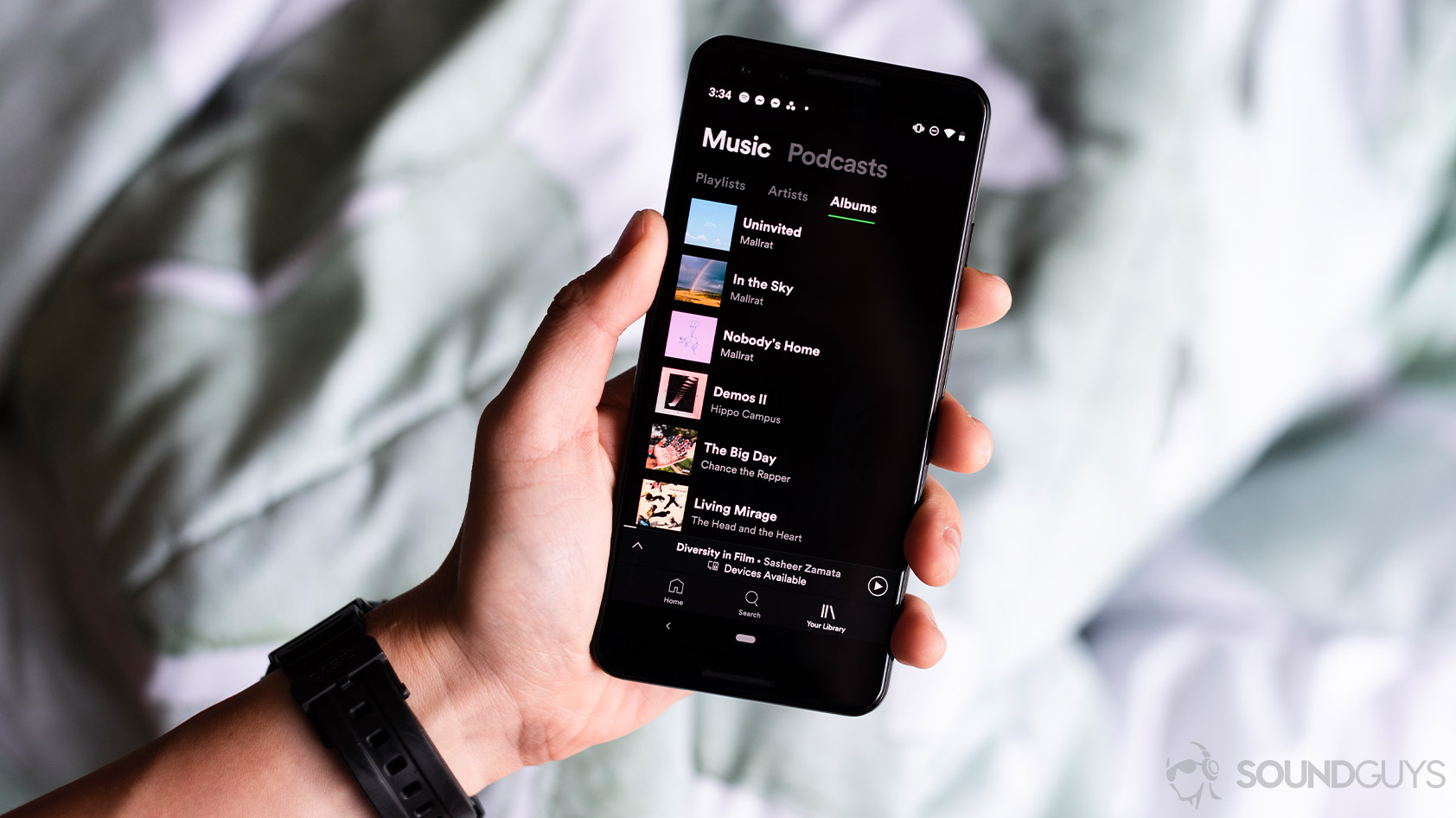
Sometimes I don’t want to listen to all-new or all-familiar music, which is when I click through the Daily Mix playlists. These are unending playlists filled with music by followed artists alongside similar artists. It’s great for when I don’t want a tacky mood playlist but want to hear a consistent, similar sound. I used these a lot when I lived in Atlanta and my weeks were filled with driving.
Again, these playlists don’t hit it out of the park every day or week, but they do a better job than any other music service I’ve used, including Pandora. Anyone with an insatiable appetite for music will appreciate the efforts Spotify goes through to fine-tune its algorithm and keep listeners listening. For listeners willing to go the extra mile, there are even craftier ways to find new music abound.
Social features are deceptively useful
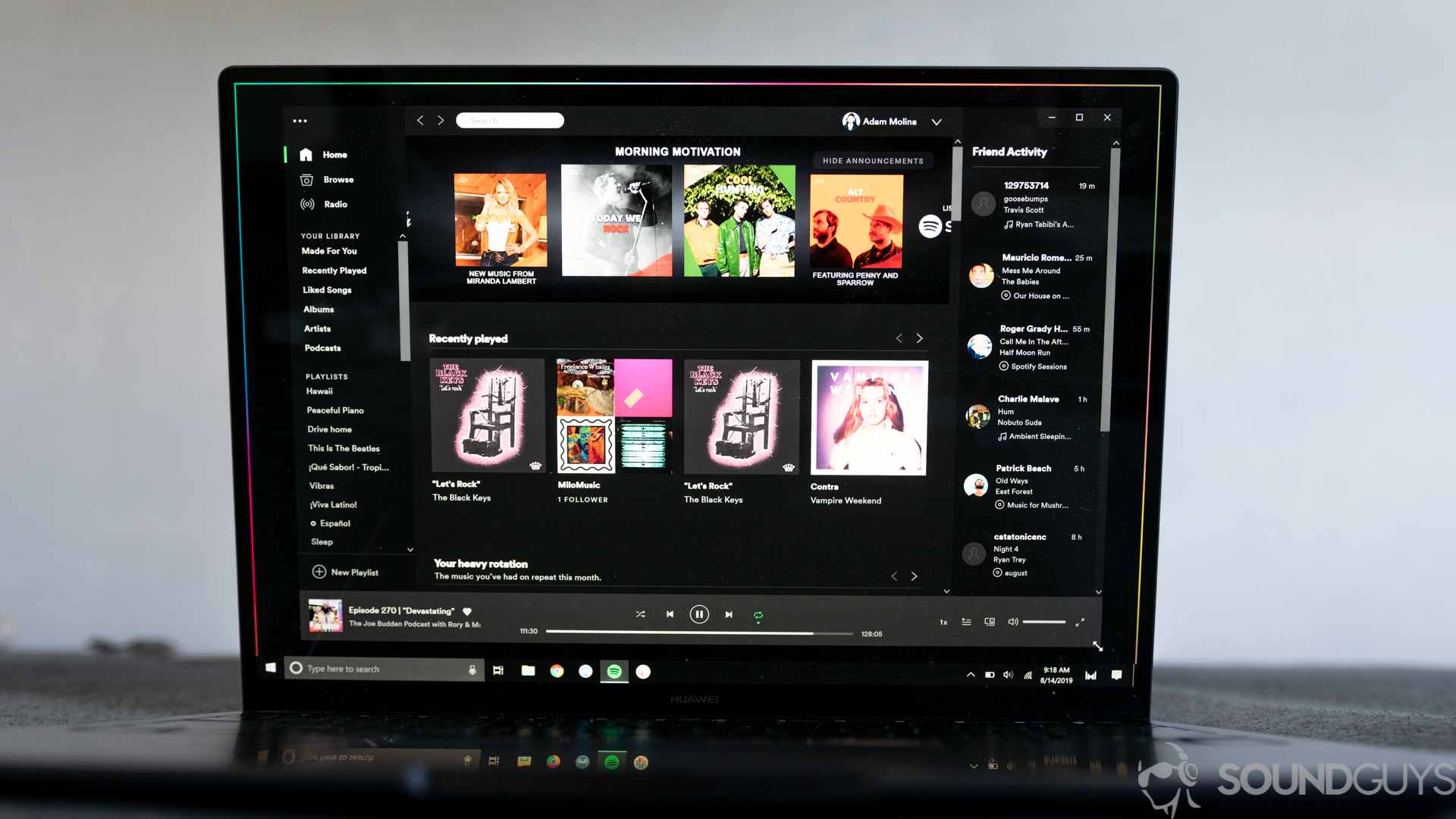
The “friend activity” column makes it easy to see what your best friends and frenemies are rocking out to. This adds another dimension to music discovery: the social aspect. Not only can you surreptitiously creep on what your friends are listening to, but it also serves as an easy ice breaker for reaching out to distant friends. For instance, if a friend I haven’t spoken to in a few months is listening to an album I enjoy, I try to fire off a text asking how they like the album and seeing how they’ve been. While rekindled friendships are a triumph of Spotify’s friend activity section, I’d be remiss without mentioning how fun it is to see the musical guilty pleasures my friends have, too. The main drawback to this is that it’s only available on the desktop app, and doesn’t appear to be making its way to the mobile app anytime soon.
I love sharing music with others, and doing so is effortless with Spotify.
But don’t worry if the idea of putting your private music listening experience on display weirds you out—you can disable the function that publishes your activity to your friends. You can also keep your username a secret so your friends never find your Spotify account.
Spotify also affords listeners the ability to create collaborative playlists. Not all streaming services allow this functionality, which is a shame. I mean, really, what better way to prepare for a road trip with your friends than with a single assemblage of tasteless throwbacks?
Music integration on social apps
Yeah, that little green circle has made waves since its release and is the most well-integrated music streaming app available. Do you think your Instagram Story could use a little underscoring? The Instagram Story music widget is powered by Spotify. Is it important for you to know someone’s musical taste before giving up a precious right-swipe? Spotify enables that, too, on dating apps like Tinder and Bumble. If nothing else, it’s a fun way to add flair to your social media presence.
Find nearby concerts

Music doesn’t get more social than going to concerts and festivals: Spotify makes it easy to keep track of upcoming concerts for any artists you follow. From the desktop application, go to “browse.” Then select “concerts,” which is the furthest tab on the right header. The next window opens with a chronological list of nearby concerts. Clicking on a specific concert reveals the date, time, and place of the show. The “find tickets” button opens a window in your default browser, so you can get tickets on the spot. It’s a little clunky, but works well, and is a great way to get an aerial view of upcoming shows.
User interface is everything
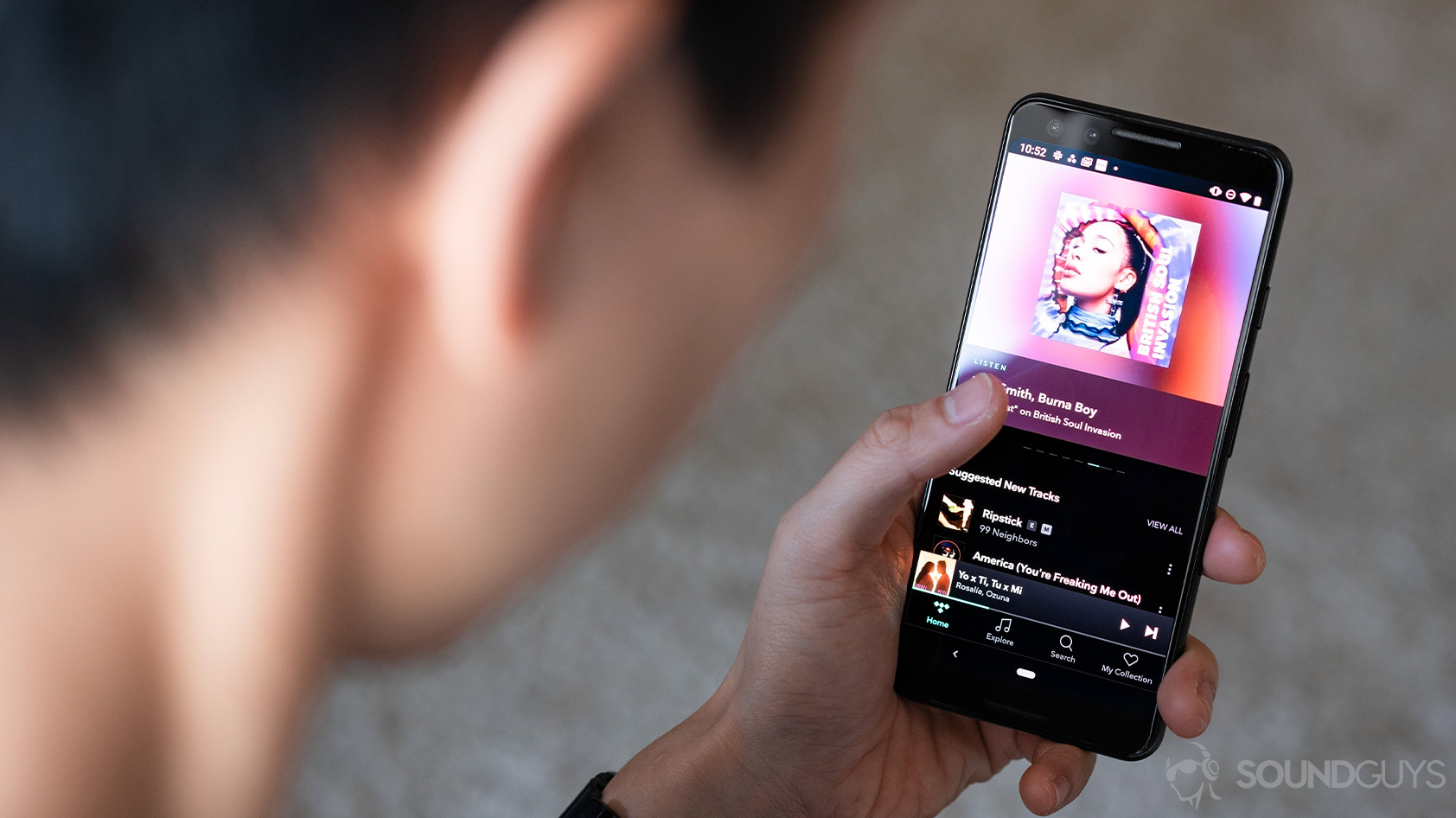
Spotify has the most attractive user interface, and certainly outperforms YouTube Music’s UI; its all-black design makes it easy for the eye to identify what’s important on the page. Navigation is easy due to the straightforward layout that logically breaks content up into three broad categories (“Home,” “Search,” and “Your Library”). Spotify’s system uses a logical hierarchy with headers and album art in the Home tab.
It’s the little functional tricks that keep this as my go-to streaming app. With the “Now Playing” window open, I frequently swipe the album art to skip a track. Once the command is registered, a smooth animation plays, moving the album in tandem with the finger-swipe. Sure, I could just use the playback iconographs, but this just feels smooth. While Amazon Music HD has the same functionality, it just doesn’t look as neat; plus, the command isn’t always registered. As for Tidal, it lacks this ability altogether. Instead, swiping album art pulls up the song queue.
Spotify Car View reduces distractions

My car doesn’t have Android Auto but even so, Spotify recognizes when my Samsung Galaxy S10e is connected to my car and automatically enters “Car View.” This mode minimizes distractions and displays only the necessities to users: album art and the options button on the “Now Playing” screen are no longer visible. This places emphasis on driving, rather than messing around on one’s phone during stops. If your car and device are compatible, you can use either Apple CarPlay or Android Auto with Spotify. We don’t recommend using Spotify while operating a vehicle—get a passenger to do it for you.
Google Chromecast Audio integration
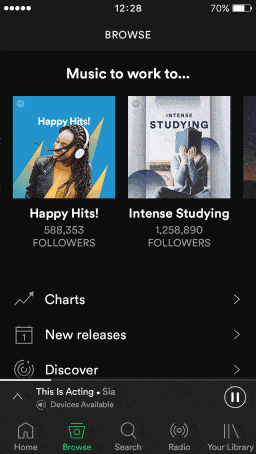
Not only is direct Spotify access available from virtually every smart speaker on the market, but the desktop and mobile Spotify applications both support Chromecast Audio. This means you can cast audio playback to a nearby smart speaker from the Spotify app. There are other ways to connect, too, you can stream to computers, TVs, gaming consoles, and Bluetooth devices all without leaving the Spotify app. I use this all the time, frequently switching between my apartment Sonos, true wireless earbuds, and PlayStation 4. Its performance is consistent, and almost always makes a successful connection on the first try.
Low price, high return
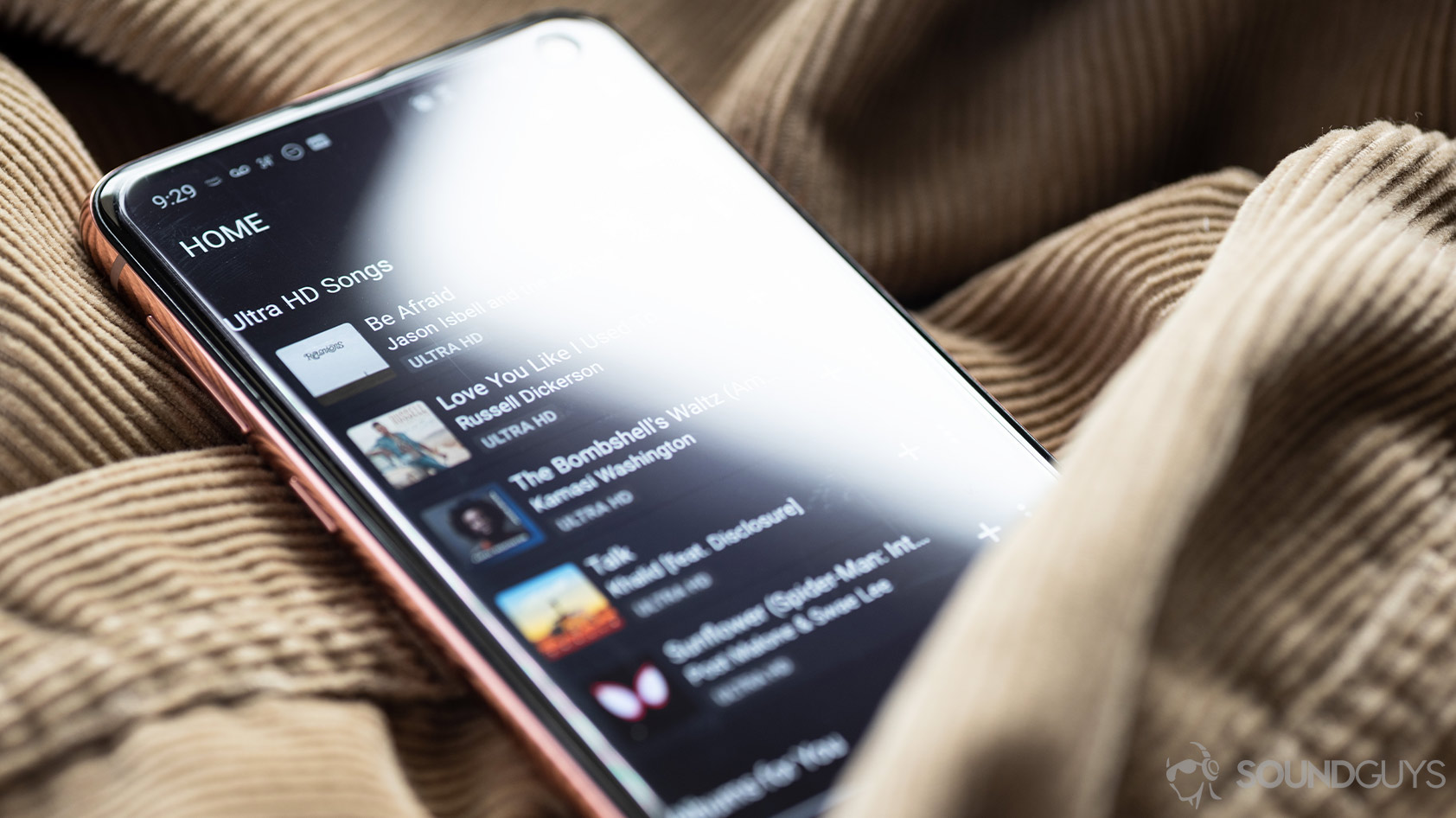
Ultimately, Spotify’s low-cost is what keeps me subscribed. It’s just $10 per month on the individual plan, which affords ad-free listening, offline downloads, and on-demand playback. Spotify’s library hosts over 70 million songs and this catalog is ever-growing. For just $10 a month, I have access to all the music my ears could want and numerous ways to discover new artists.
The Spotify Duo Premium expansion is available in dozens of markets across the world. This requires a monthly payment of $12.99, and gives two users independent accounts with all the functionality of an individual Premium subscription. Any pair of people is eligible for Spotify Duo Premium as long as they live at the same address.
Spotify offers a free, ad-supported version of its service to listeners, making it an accessible service to listeners of all financial backgrounds. Yes, other streaming services offer free trial periods like Spotify, but others automatically rope users into a subscription unless it’s cancelled prior to the trial period ending. Users can use the free version of Spotify for as long as they want.
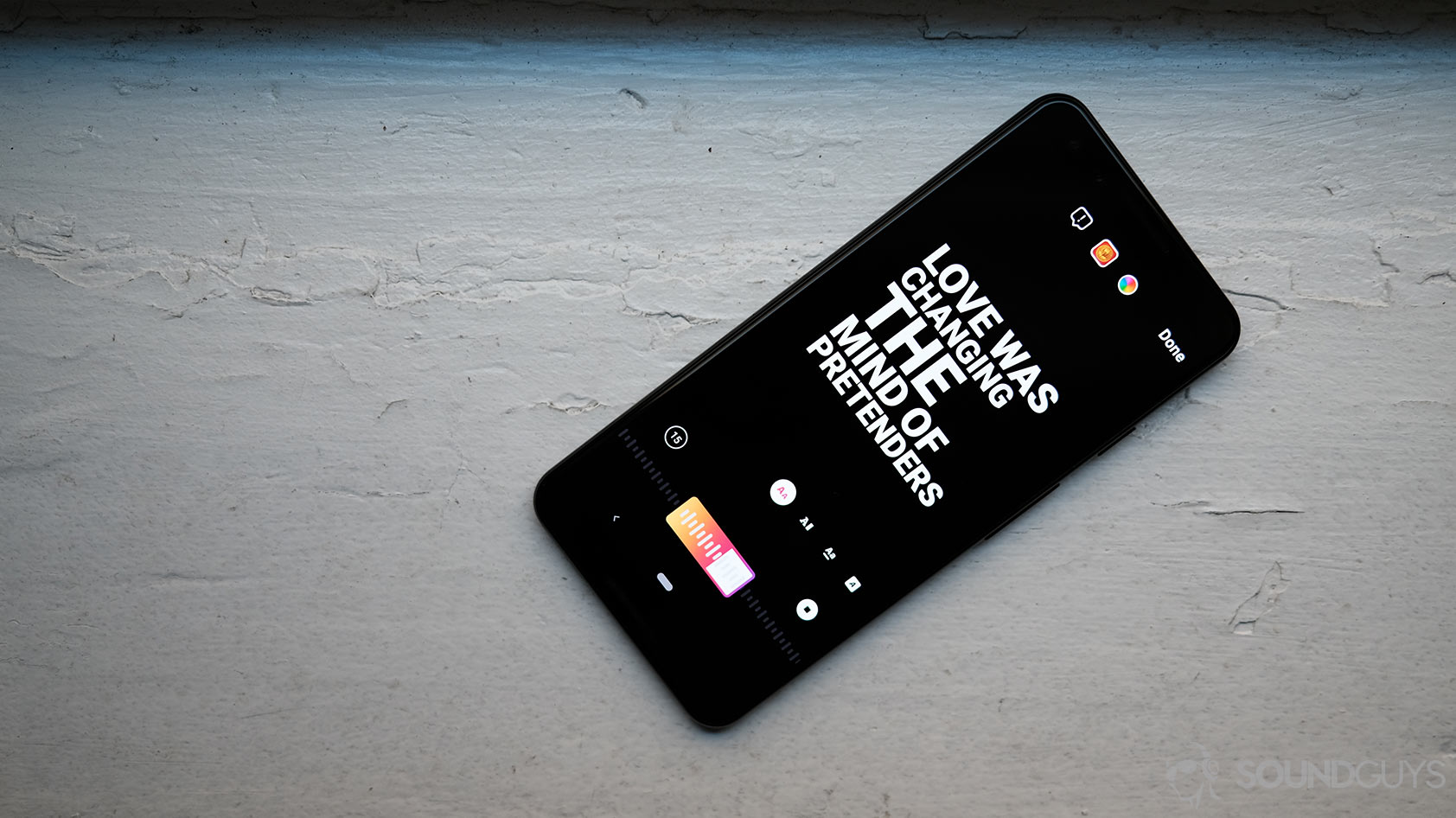
Although audio quality isn’t the best, Ogg Vorbis 320kbps streaming is nothing to turn your nose up at. Even still, Spotify announced Spotify HiFi, an upcoming lossless tier of its streaming service. Spotify HiFi will offer CD-quality streaming and will only be available in certain regions to begin with. However, Spotify announced that the high fidelity tier would be available in late 2021, and 2021 has come and passed with no update about when Spotify HiFi will become available.
For now if you want high-resolution FLAC audio files, you’ll have to pay extra for something like Amazon Music HD or Tidal. If you’re concerned about Spotify underpaying artists per stream, you may want to turn your attention to another service. Unfortunately, low payout rates are a systemic issue across the board of music streaming services. Listeners who really want to support their favorite artists are likely already doing so by attending concerts, buying merch, and purchasing music through services like Bandcamp or by buying physical copies of albums.
Although Spotify has its drawbacks, it’s a great service and one that continues to satisfy users month after month. It’s the generalist’s music app and does everything very well, albeit not perfectly. Until others figure out a way to smoothly introduce social features and improve their respective music suggestion algorithms, I’ll be keeping that green dot on my phone’s home screen.
What's your favorite music streaming service?
Frequently asked questions about Spotify
No, if you have a Spotify Duo Premium subscription, you and your partner can both listen to Spotify anywhere you go, whether together or separate. The restriction on living at the same address is simply for billing purposes.
First, create a regular playlist. Then, click the icon with the human silhouette and plus sign, and a link will be copied. You can also access this collaborative link by clicking the ellipse symbol within the playlist and then clicking “Invite collaborators”. Once you do this, you can share the link with anyone and they will be able to contribute to it.